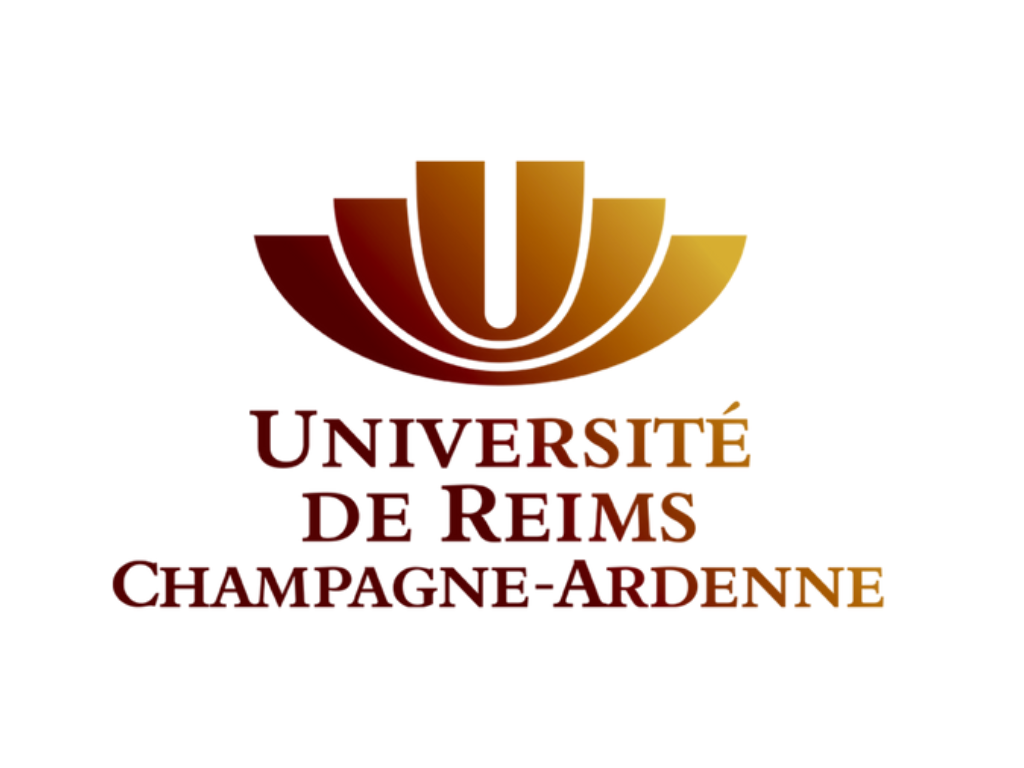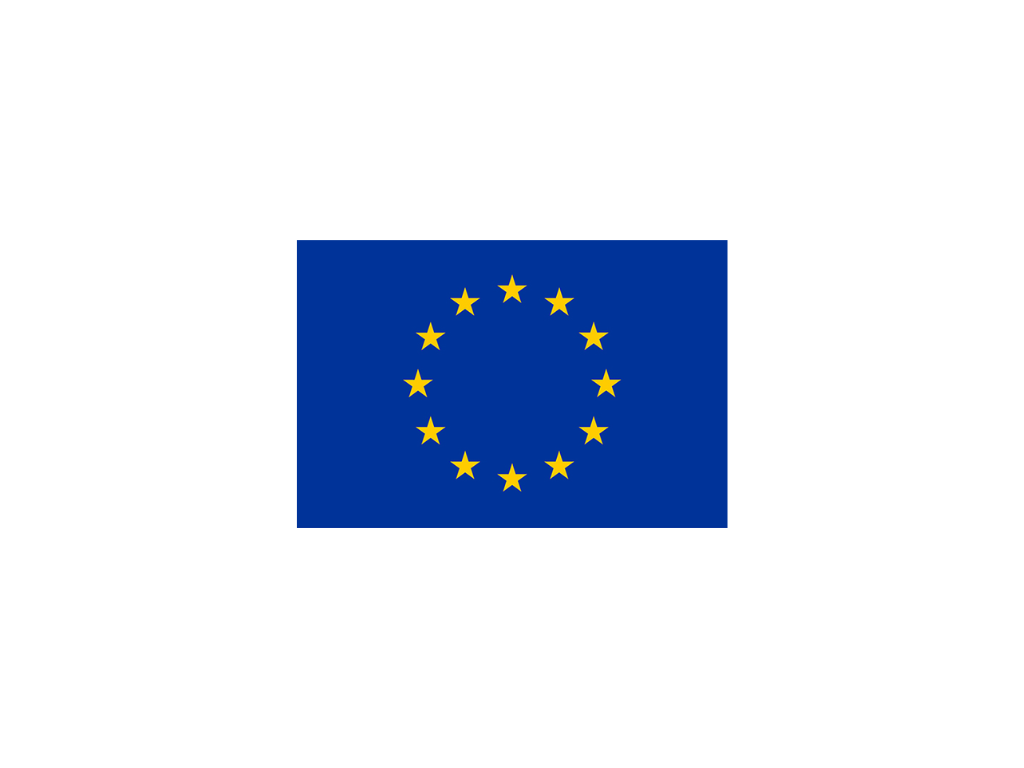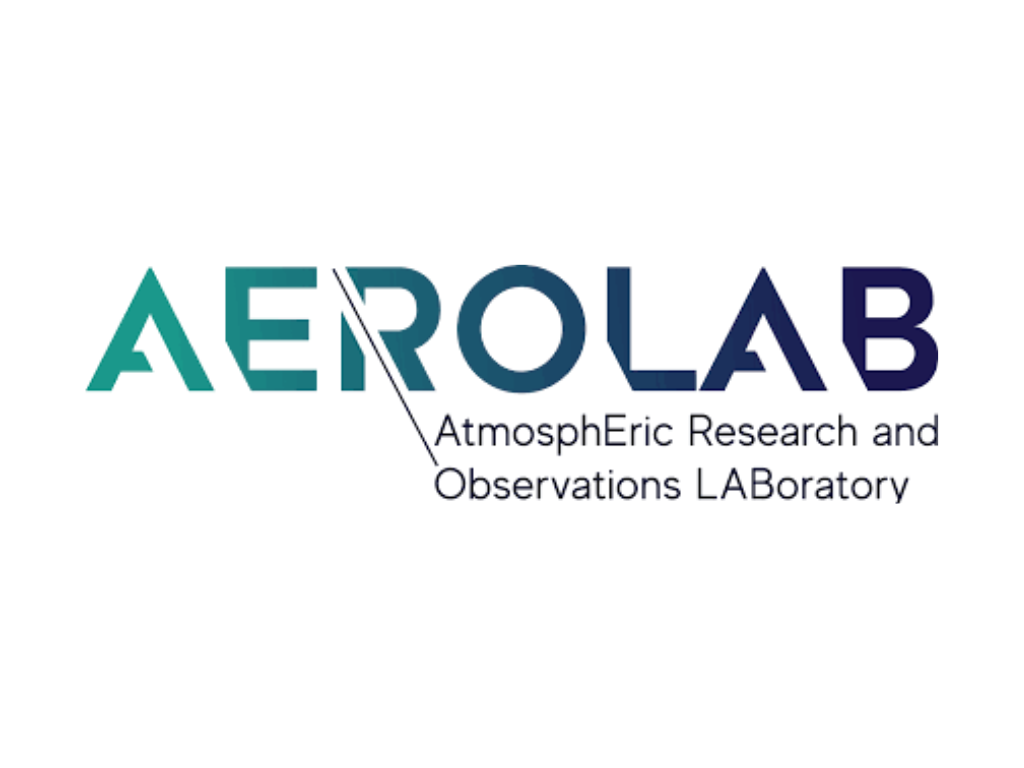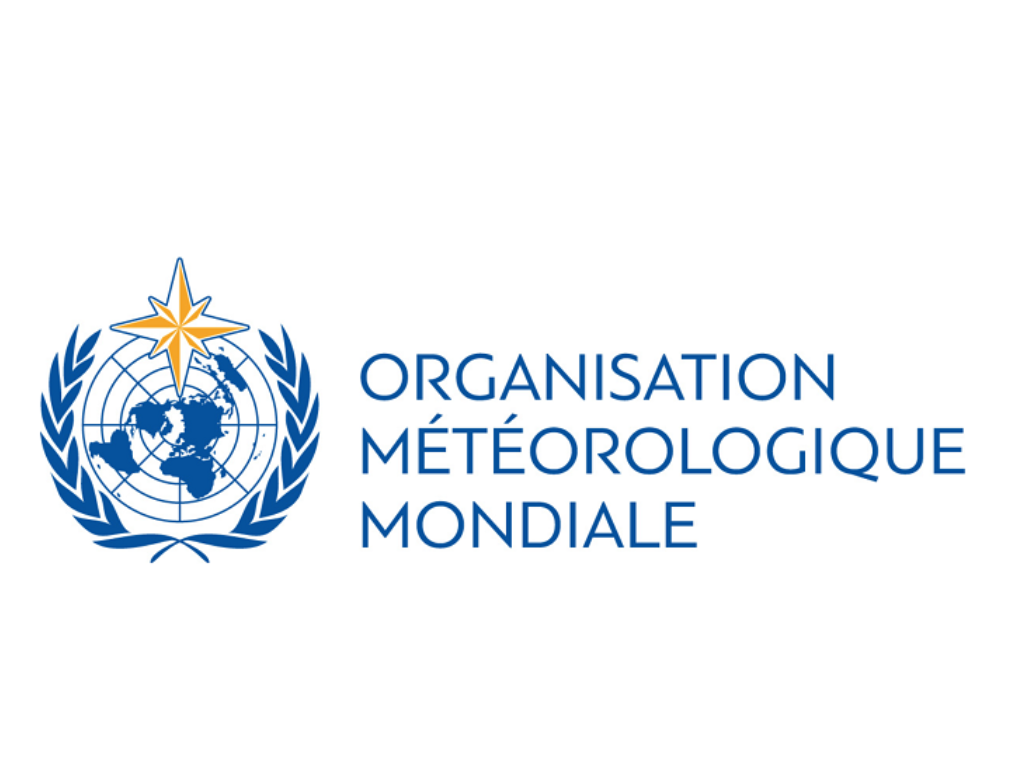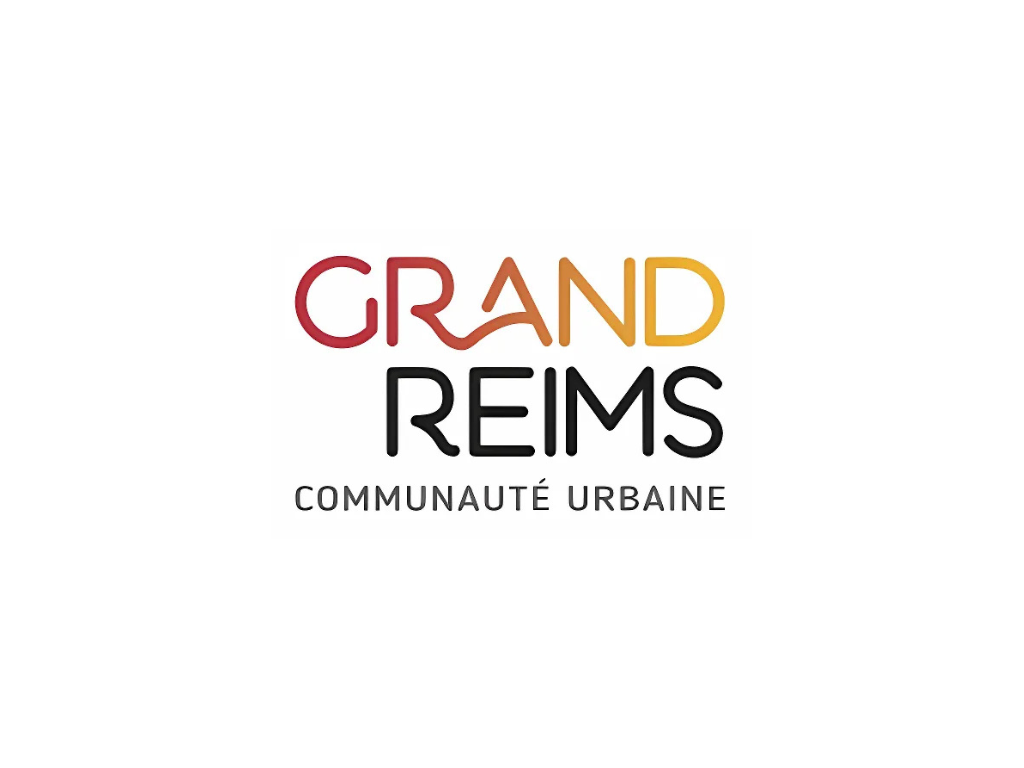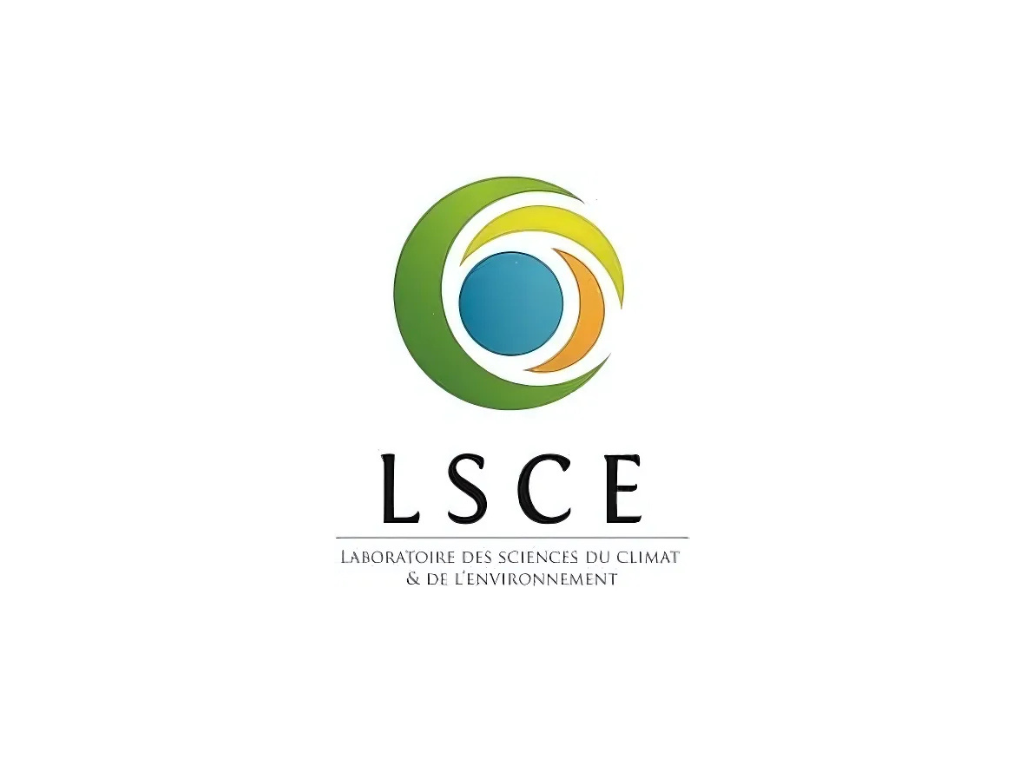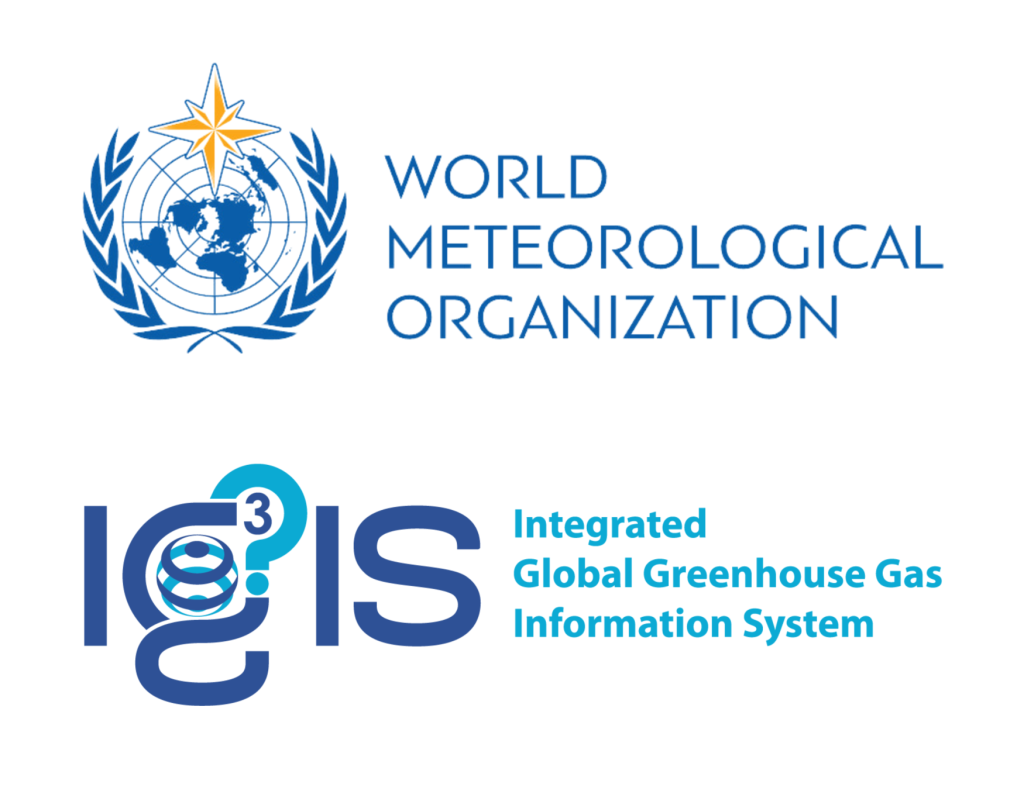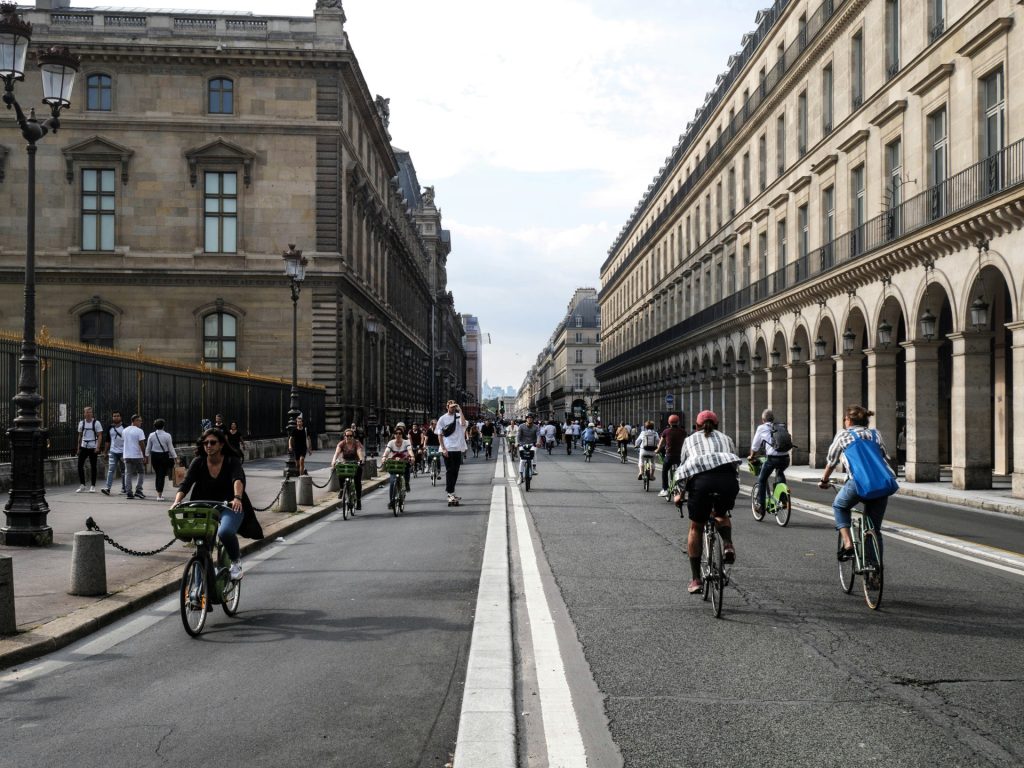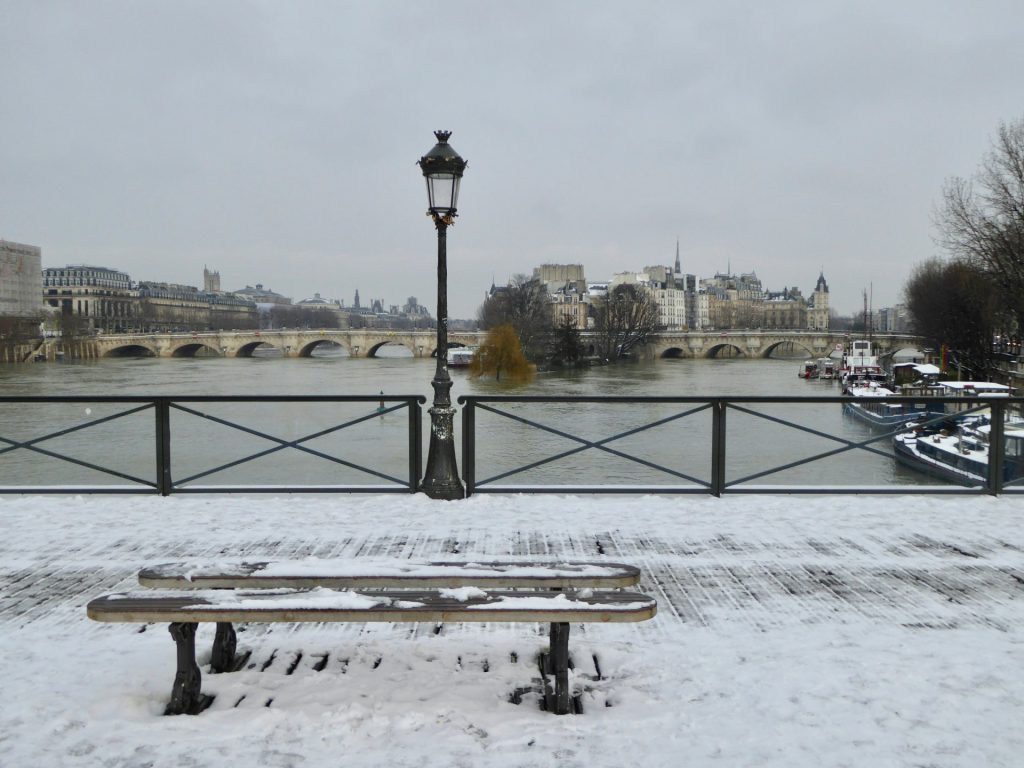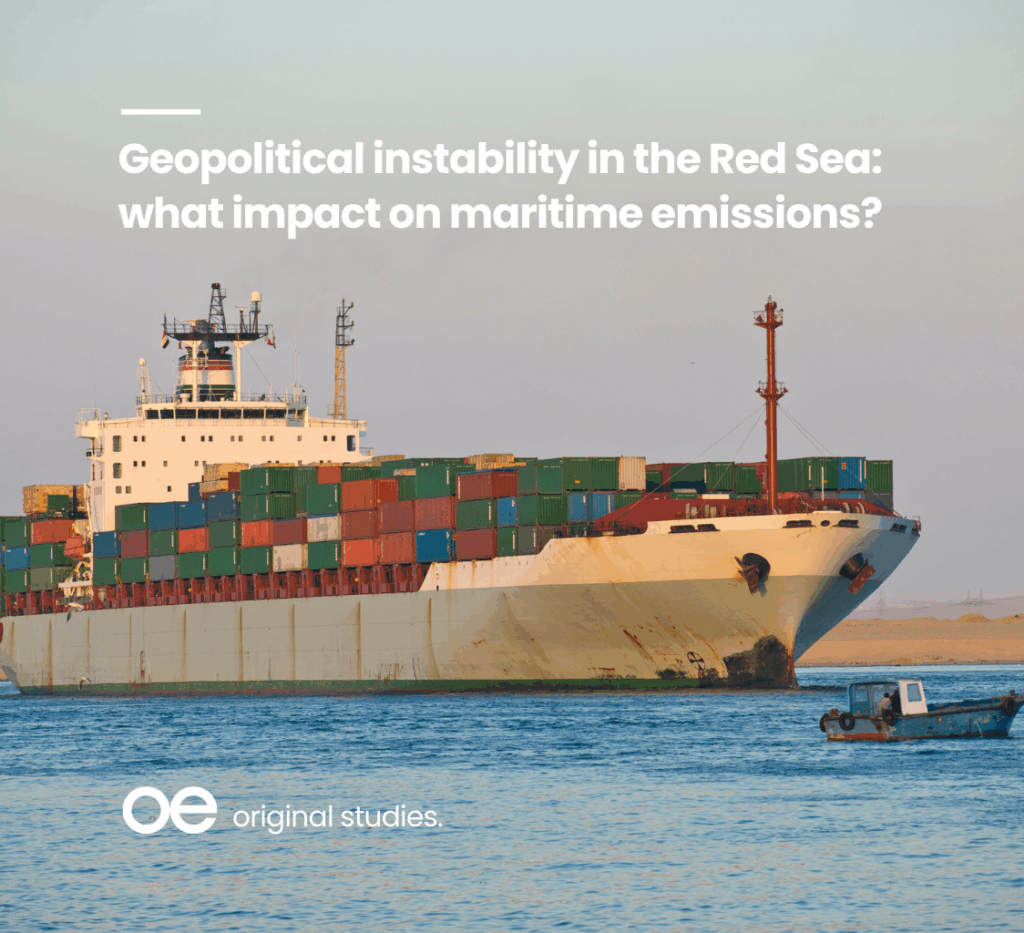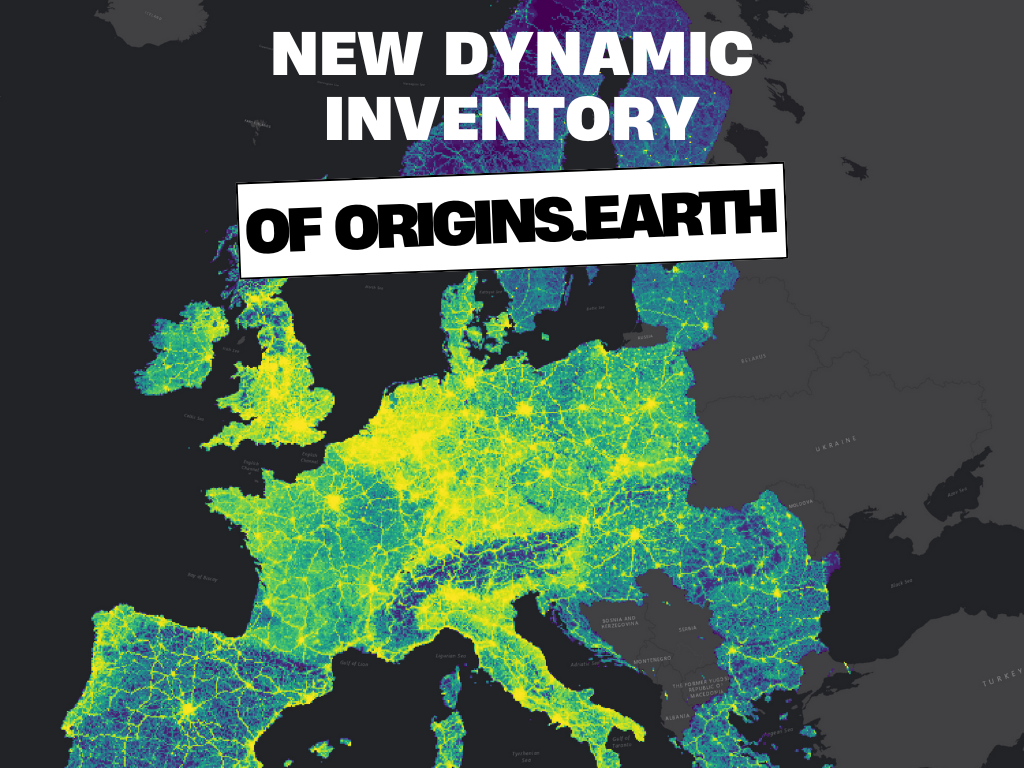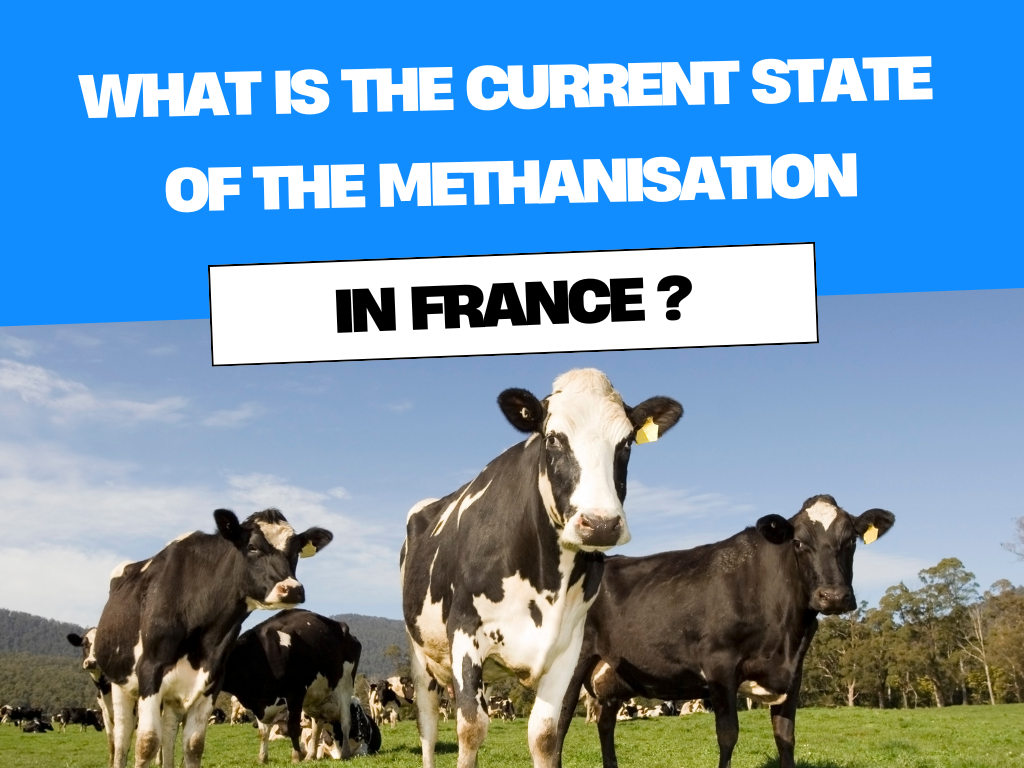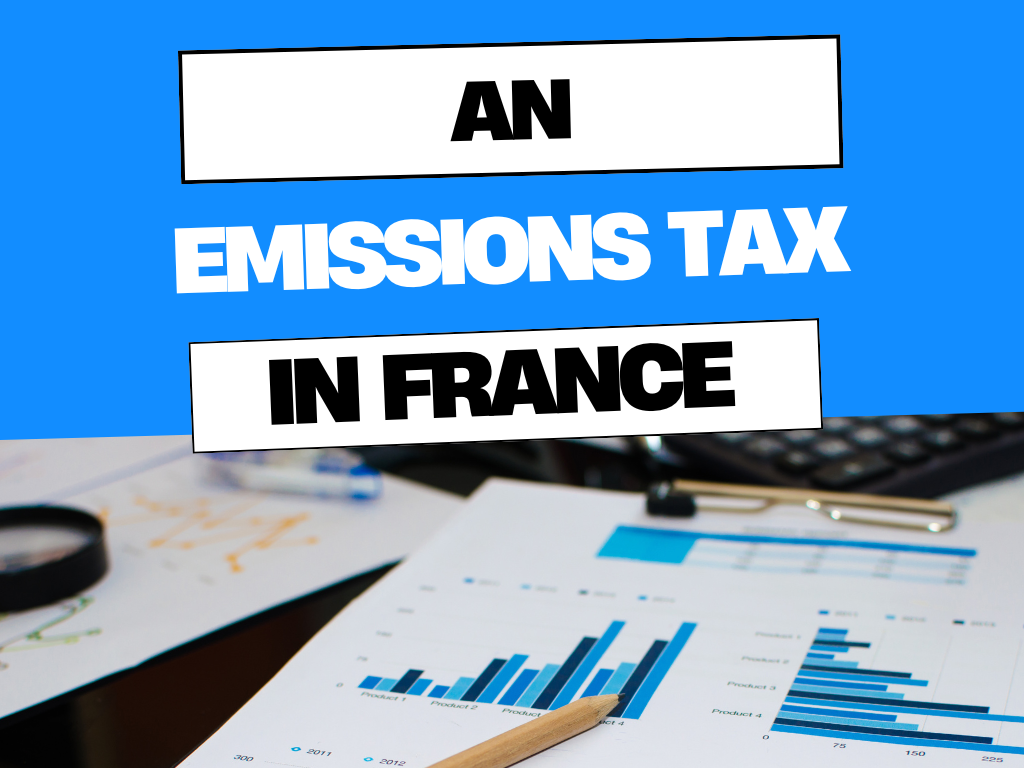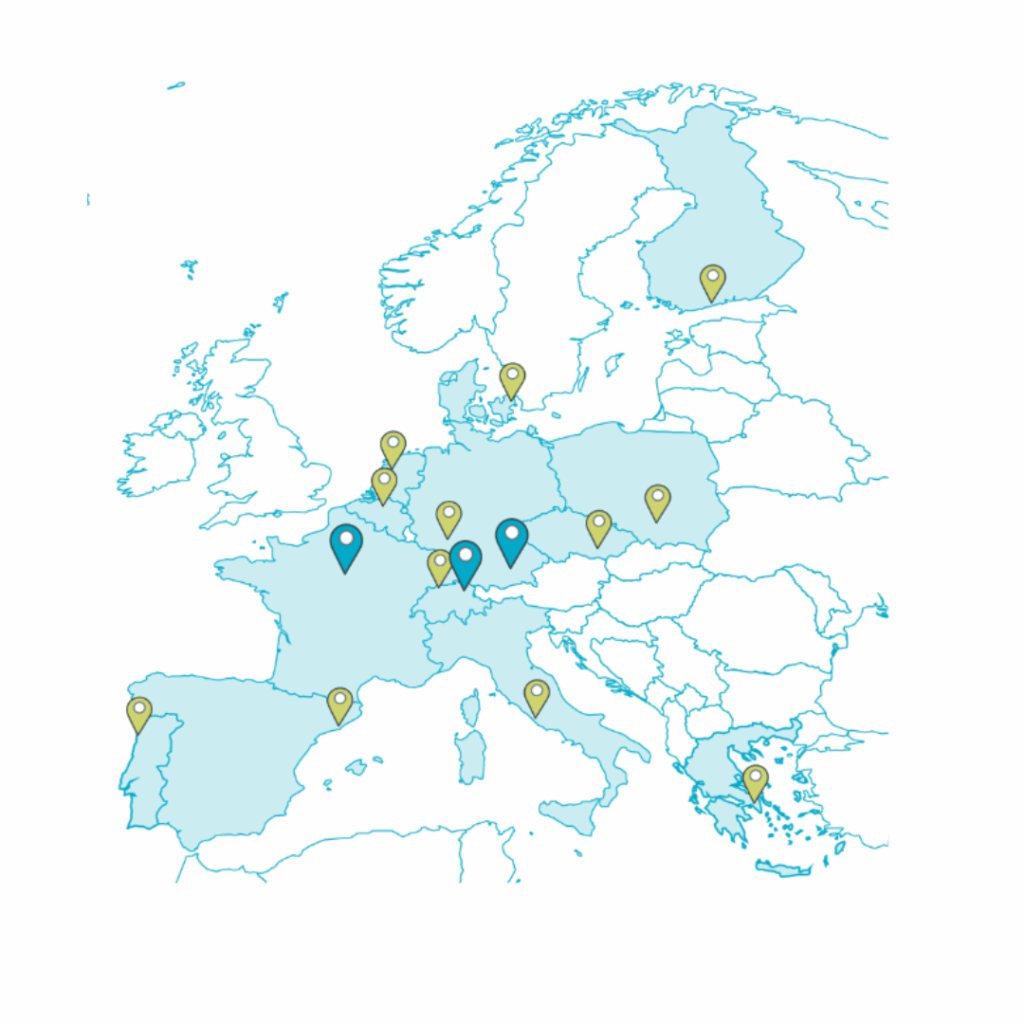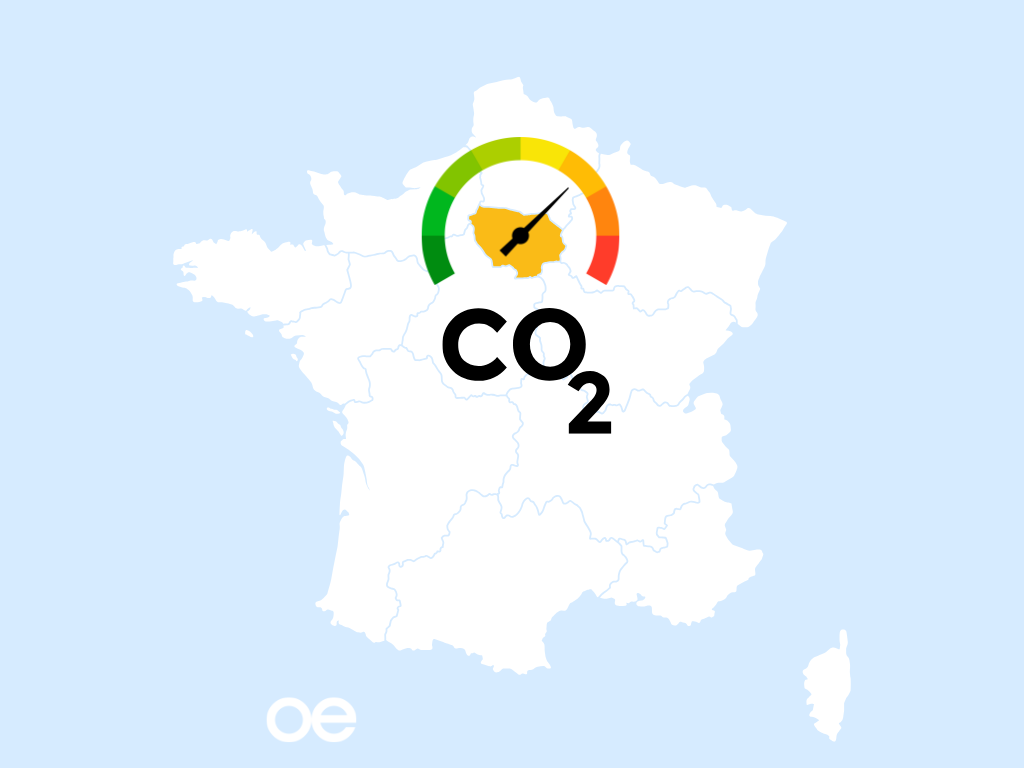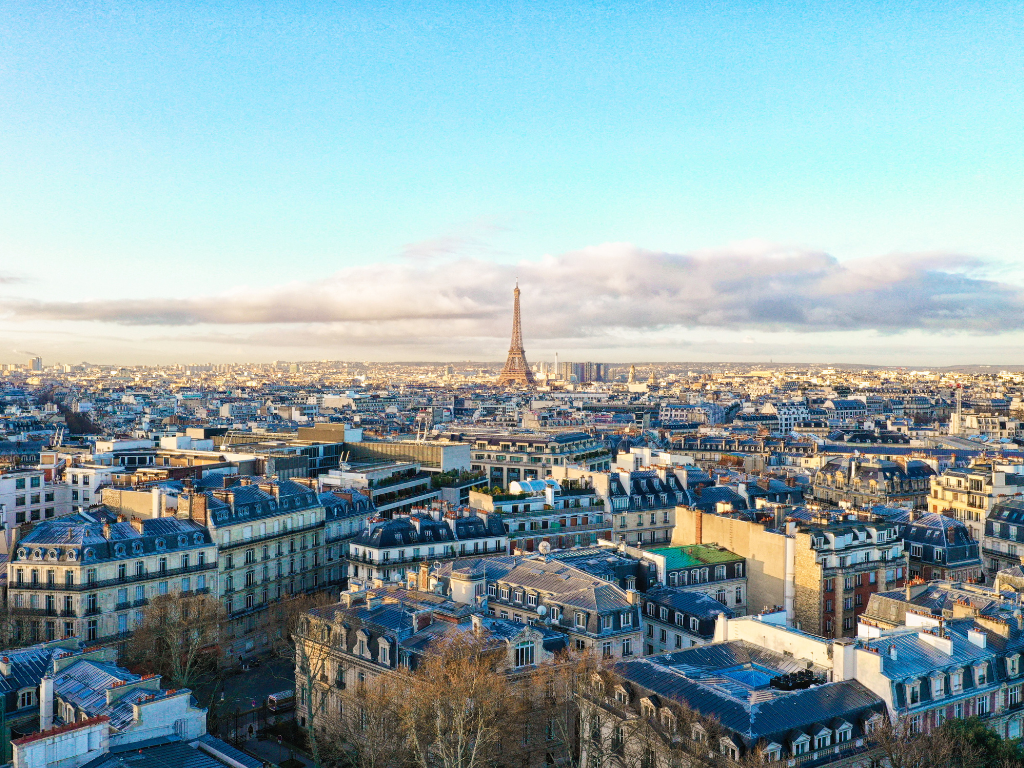Technologies and expertise for evaluating climate policies
Origins.earth is a unique multidisciplinary team, united around a common goal: to make the results of atmospheric science research available to cities and territories, in order to monitor greenhouse gas emissions and accelerate their reduction.
Estimate greenhouse gas emissions for each country, using the same methodology
Origins.earth has developed an inventory that automates the calculation of territorial greenhouse gas emissions on a European scale.
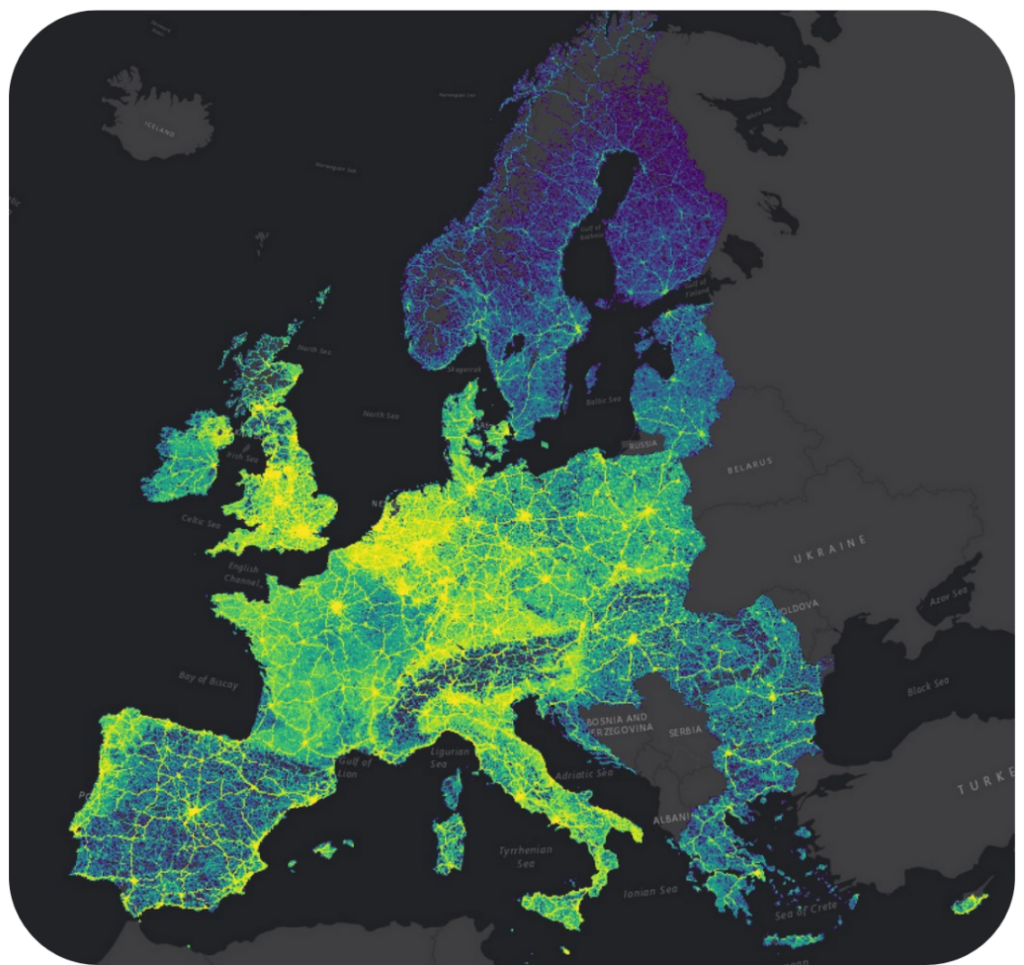
Know the emissions of a European city as well as those of a neighborhood.
Our calculation model makes it possible to “zoom in” on cities and track the evolution of territorial GHG emissions on a fine scale.
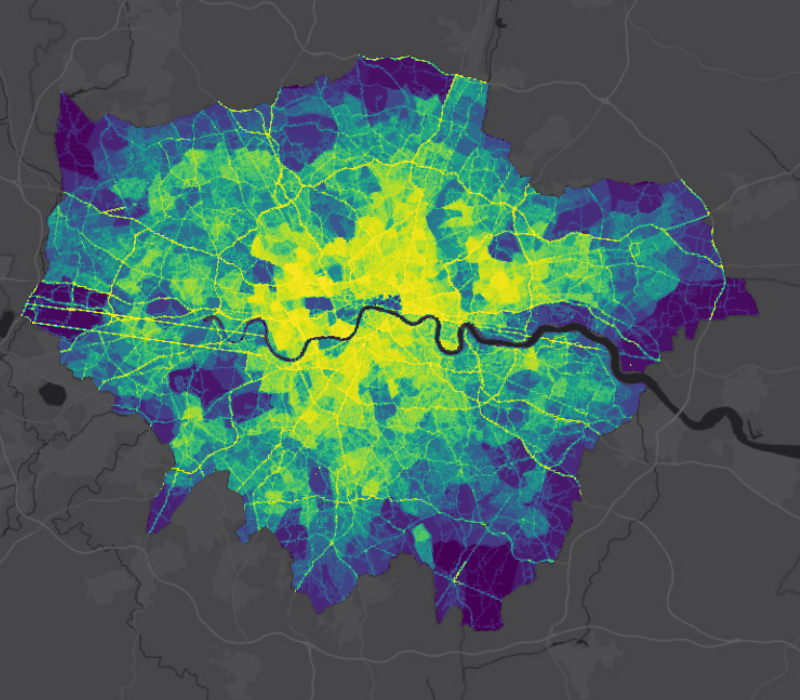
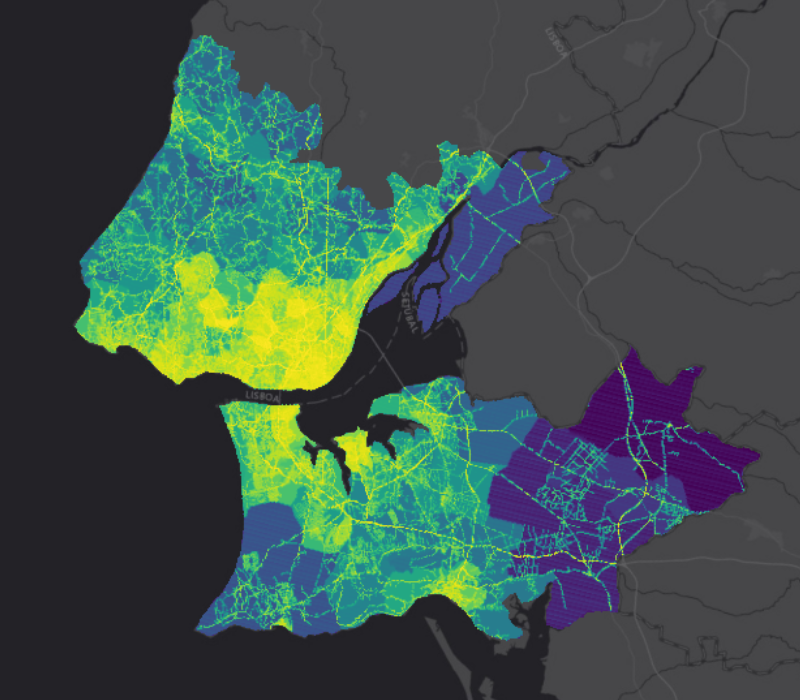
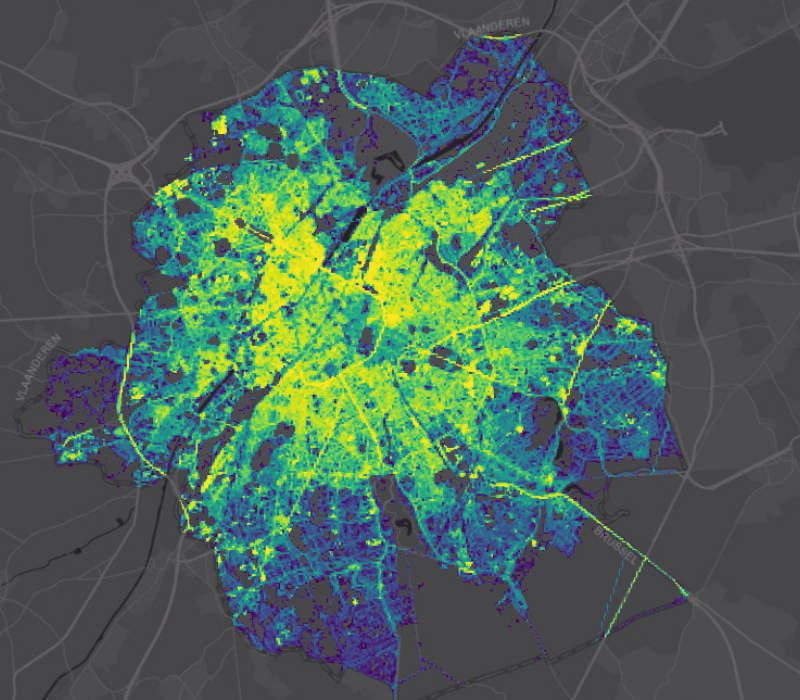
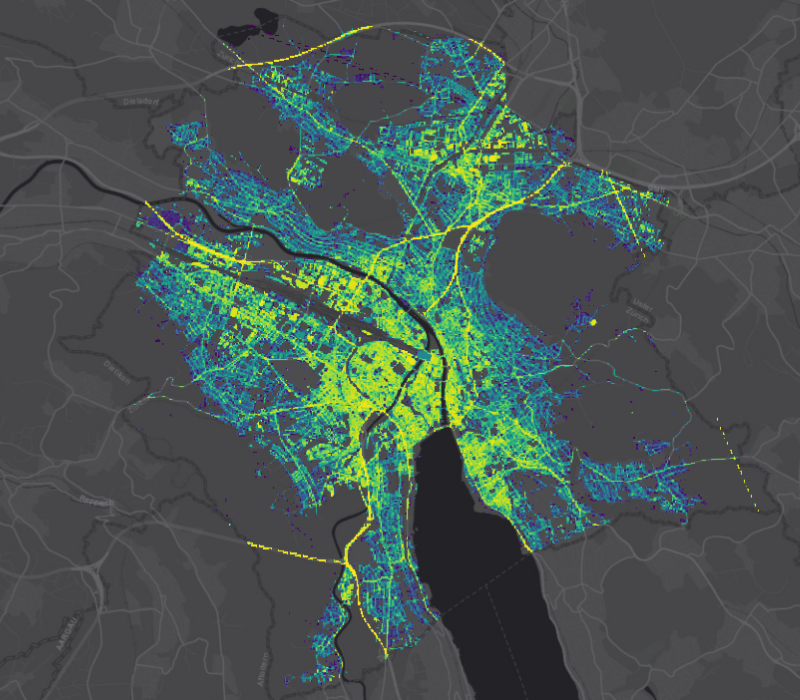
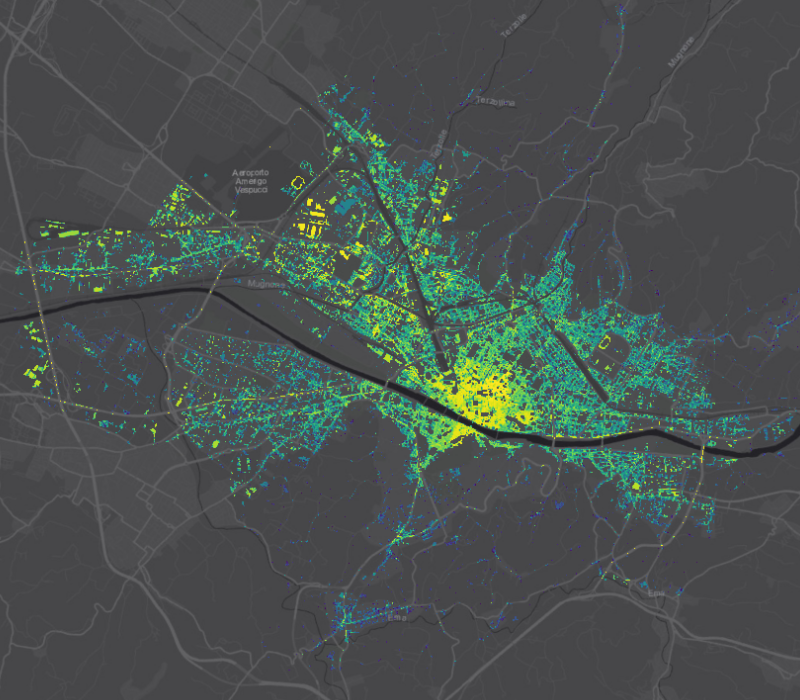
Moving from estimation to physical measurement of greenhouse gases with Météocarbone®.
Our emissions data are reliable thanks to atmospheric measurements. MétéoCarbone® sensors are based on five years of R&D carried out with several European atmospheric science research institutions: LSCE, ICOS, AEROLAB
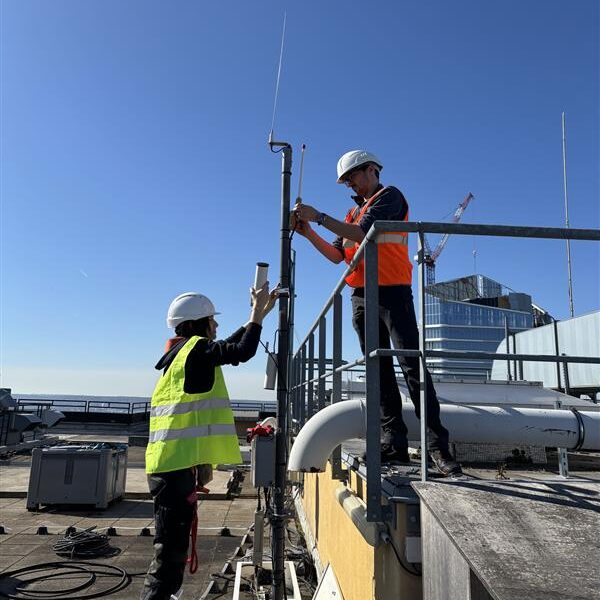
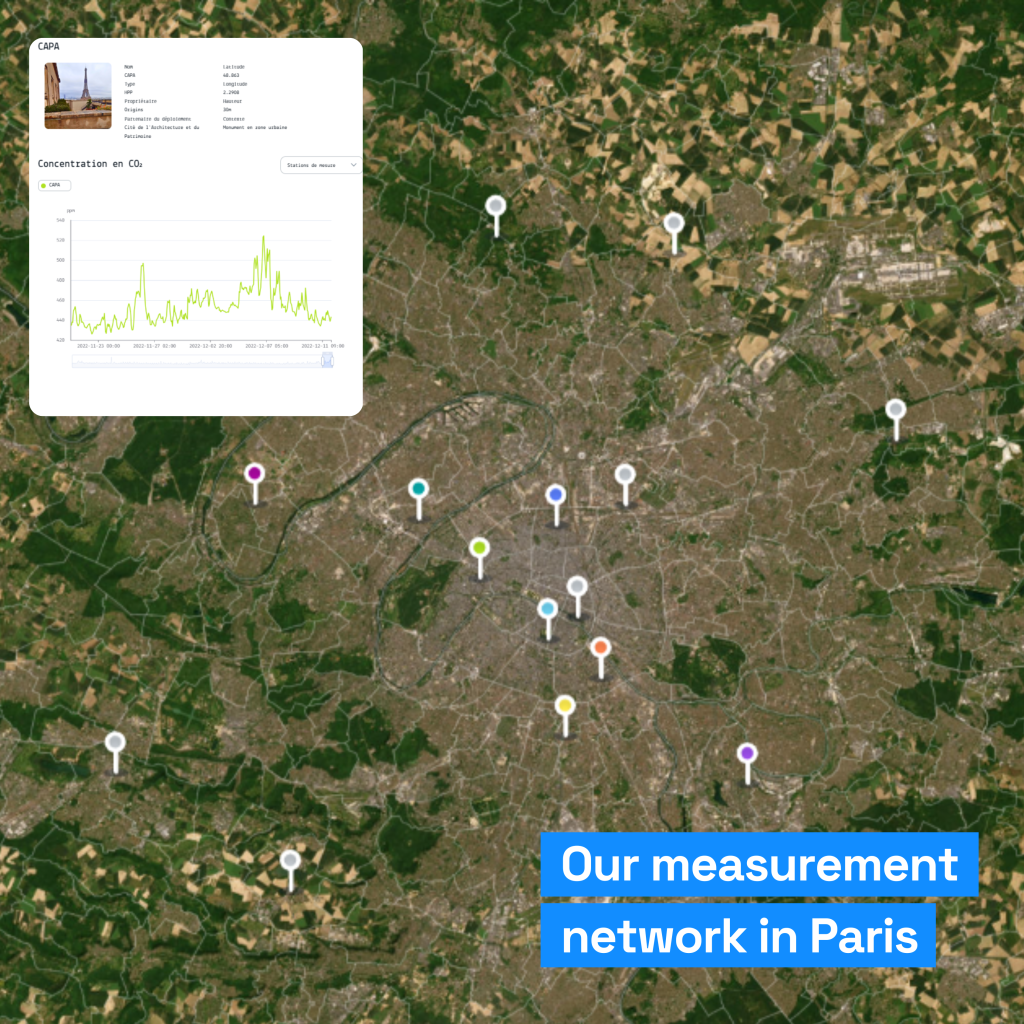

IG3IS certified technology from the World Meteorological Organization (WMO)
IG3IS (Integrated Global Gas Information System) certification aims to identify and support greenhouse gas (GHG) monitoring technologies and projects that use inverse modeling.
Our solution has been recognised for its ability to provide accurate and reliable measurements of urban greenhouse gas emissions, enabling cities to effectively plan and monitor their emission reduction policies.
This makes MétéoCarbone® the first operational atmospheric GHG monitoring solution recognised for deployment on an urban, regional or national scale.
Our technologies make it possible to quantify, verify and communicate the effects of mitigation policies implemented by cities and regions.
Since 2020, our solution has been operational for the City of Paris. Discover some of the studies carried out by our teams on policies and projects implemented in Paris.
No car day
Launched in 2015, this public policy aims to introduce an annual car-free day within the perimeter of Paris intramuros. From 11am to 6pm, traffic is suspended, with the exception of a few authorised vehicles.
Closure of the Seine banks
On 1 September 2016, the City of Paris took an important decision: to close a 3.3 km stretch of the right bank of the Seine to cars.
However, the project was strongly criticised by several institutions and citizens. In addition, a study carried out a year after its implementation revealed some negative effects.
Rue de Rivoli
Since 2015, the City of Paris has embarked on an ambitious plan to promote cycling. The creation of a cycle lane in the famous Rue de Rivoli is one of the measures included in this plan.
Between 2017 and 2018, a first phase of work was undertaken. In 2020, just after the first confinement, the City of Paris decided to temporarily double the capacity of the cycle paths. Between 2021 and 2022, in response to demand from Parisians, the decision was taken to make this infrastructure permanent.
Winter analysis
Households account for 35% to 45% of annual emissions in Paris.
These emissions vary considerably between winter and summer. In winter, heating homes increases energy consumption, offering the greatest potential for reducing emissions
They trust us
